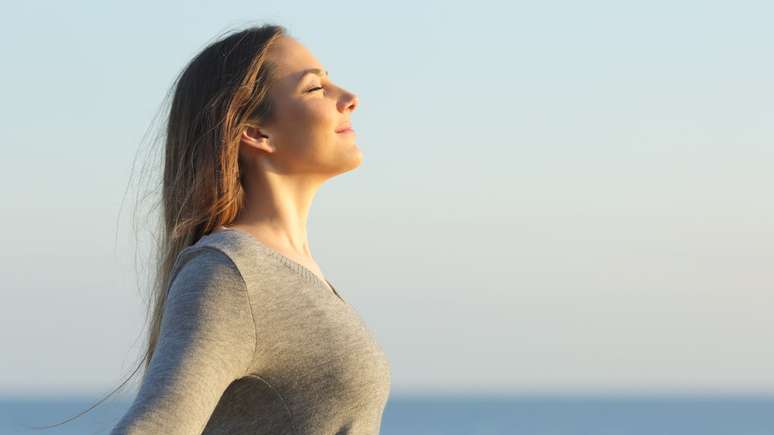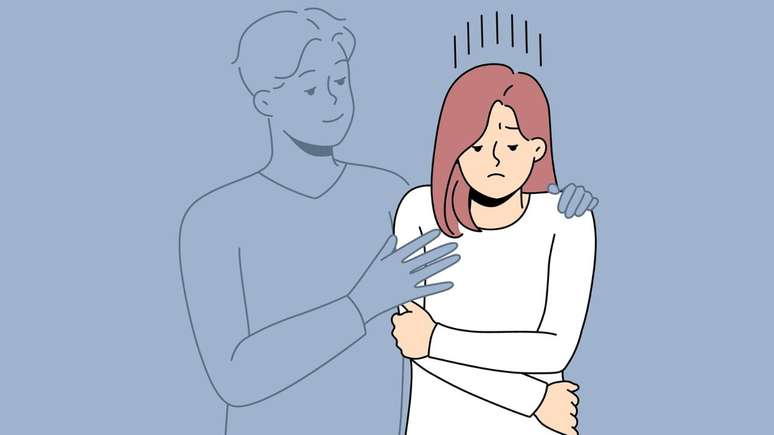Breathe 4-7-8: simple technique that helps to relax, reduce anxiety and sleep better
Have you tried to count the sheep or turn off your head, but has the sleep arrive? Or live moments of anxiety when the body does not seem to know how to relax? A simple breathing technique can be a great ally in these moments: breathing 4-7-8, also called “relaxing breathing”.
What is the 4-7-8 technique?
Created by the American doctor Andrew Weil and inspired by Indian yoga (Pranayama), this technique has a simple formula:
- Place the tip of the tongue in the sky of the mouth, behind the teeth, do not move it during the exercise;
- Expire through the mouth, allowing the air to go out and emit the sound of “Whoosh”;
- Inspire from the nose for 4 seconds;
- Store the air for 7 seconds;
- Expire by way of mouth for 8 seconds;
- Repeat the process three more times.
The practice can be done everywhere and does not require equipment. The recommendation is to start sitting with your back erect, positioning the tongue behind the upper teeth and maintaining that position during exercise. The soft sound of the deadline (a whoosh) is part of the relaxation process.
Why does it work?
When breathing slowly and controlled, the parasimpatic nervous system is activated, responsible for the sensation of calm and recovery of the body. This helps to slow down heart rate, reduce blood pressure and focus on anxiety. The technique also acts as a sort of “active meditation”, helping the mind to disconnect from accelerated thoughts.
Benefits that go beyond sleep
Despite the reputation of “natural sleep pill”, the 4-7-8 technique brings other health gains: rEducational of anxiety and stress; Improved sleep quality; reduced blood pressure; Strengthening the pulmonary function; Emotional balance and greater awareness of the body.
Studies conducted in Thailand They indicated improvements in heart rate and blood pressure after a few minutes of practice. Other research also suggest that slow breathing positively influences vagal tone – an important indicator of emotional well -being.
Who is indicated for?
Anyone can benefit from the technique, but are particularly useful for those whoIn difficulty falling asleep, you live moments of intense anxiety, feel muscle tension or surface breathing or look for a quick and natural method to relax. But be careful: those who have specific respiratory conditions or chronic diseases should always speak with a healthcare profession before starting any new practice.
Tips to start
If you’ve never tried the technique, start slowly. In an interview with Cnnthe doctor Raj Dasgupta Warns that some people can try reading dizziness at the beginning: “When disturbing the respiratory balance expiring more than inspiration, there may be a rapid reduction in carbon dioxide in the body, causing symptoms such as dizziness. So go calmly.”
Start with four cycles (i.e. repeat the sequence 4-7-8 four times). Over time, you can increase up to eight daily cycles. The beauty of the technique is precisely in its simplicity. You can use it with sleep, in times of stress, during anxiety convulsions or after crossing strong emotions.
Source: Terra
Ben Stock is a lifestyle journalist and author at Gossipify. He writes about topics such as health, wellness, travel, food and home decor. He provides practical advice and inspiration to improve well-being, keeps readers up to date with latest lifestyle news and trends, known for his engaging writing style, in-depth analysis and unique perspectives.








